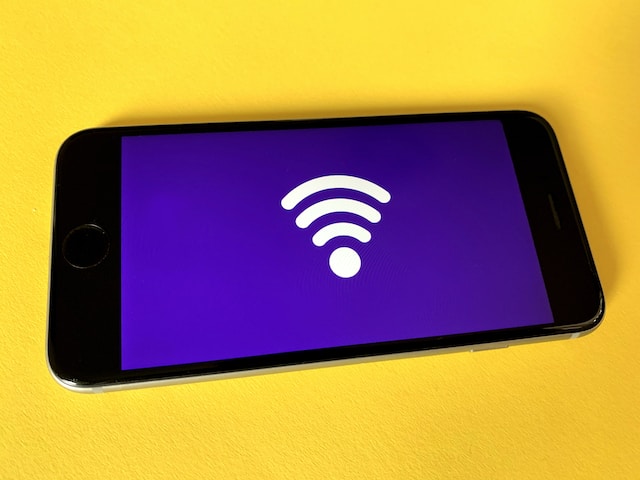
You’ve just uploaded a new video to YouTube. The first few minutes are ticking by, and you’re refreshing your analytics like a maniac. Sound familiar? That first hour can feel like a make-or-break moment, and honestly, it kind of is.
Let’s break down the difference between views in the first hour versus the first full day. We’ll talk about how the algorithm sees each, why that first burst of momentum is so powerful, and how you can take smart, ethical steps to stack the odds in your favor without doing anything sketchy.
First-Hour Views Carry More Weight
Here’s the gist: the YouTube algorithm pays closer attention to how your video performs right after it's published. Think of the first hour as your video’s audition. It gets shown to a small group of people, your subs, maybe a few people browsing similar content and YouTube watches closely to see how those folks react.
If people click, watch, and engage quickly? Boom, you’ve got a shot at getting featured on the homepage, “Up Next,” or even trending. Miss that window, and it’s much harder to catch up.
This is why many creators, especially those working with smaller budgets, choose to focus their efforts on boosting first-hour traction.
The Algorithm’s Early Window: What’s Really Happening
Minute One to Hour One: The "Test Drive"
In the first hour, YouTube is collecting signals: clicks, watch time, comments, likes, and whether people stick around. If your video holds attention, it starts getting pushed further. If it doesn’t? The algorithm lets it fade into the background.
This stage is all about proving that your video deserves to be seen. It’s where real-time response matters most. A weak first hour won’t kill your video outright, but it makes the rest of the day an uphill climb.
Hour One to Day One: The "Momentum Builder"
Once your video survives the first hour, YouTube continues watching how it performs with a wider group. This is where shares, saves, and broader engagement start to matter. But the engine only runs well if it got a strong start.
Think of the full day as a marathon, but only if you sprinted off the starting line.
View Velocity: Why Speed Beats Volume Early On
You might’ve heard people talk about “view velocity.” It’s not just about how many views you get, it’s how fast you get them.
A quick spike in views tells YouTube your content is hot. It gets pushed harder, and if retention holds, the cycle continues. The algorithm doesn’t want to miss out on promoting a video that could keep users glued to the platform.
That’s why creators who post consistently during peak hours, or use tactics like premieres and strategic early promotions, often see better results.
Strategic Boosting: How and When to Use Paid Views
If you’re going to invest in views, don’t waste them. Timing is key.
Boosting a video five hours after launch? That’s a vanity play. It might inflate your numbers, but it won’t shift how YouTube ranks your content. If you’re going to make a move, make it in the first hour.
That’s when even a modest bump, say 500 to 2,000 extra views, can help your video get over the threshold that makes the algorithm take notice. Just be smart about where you get those views from. Platforms to buy views like Buzzoid are often discussed in creator circles as a safer bet because they offer better retention and more realistic viewer behavior.
No bots, no obvious red flags. Just a little help to catch the algorithm’s eye.
First-Hour vs. First-Day: Quick Comparison
What Matters Most | First Hour | First Day |
| Algorithm Signal Strength | Very High | Moderate |
| Discoverability Boost | Immediate | Gradual |
| CTR/Engagement Impact | Crucial | Helpful |
| Paid View Efficiency | High ROI | Lower ROI |
Mistakes That Undermine Early Performance
1. Delaying Promotion
Waiting a few hours to share your video? You’ve missed the train. Plan your promo to go live with the upload.
2. Buying Low-Retention Views
Spending money on views that bounce in under 10 seconds doesn’t help. If anything, it tells YouTube your content isn’t worth watching.
3. Focusing on Numbers Instead of People
Chasing views just for appearance won’t build a channel. Use views to kickstart genuine engagement, not to fake it.
Your Game Plan for First-Hour Success
Before You Publish:
Choose your thumbnail wisely, run a test if you can.
- Write a title and description that explain and entice.
Get friends, followers, or communities ready to click as soon as you go live.
At Launch:
Share across platforms right away.
- Consider boosting with a small batch of quality paid views.
Use Stories or Reels to send viewers directly to your video.
What the Pros Say
If you hang out on Reddit’s r/youtube or watch Creator Insider on YouTube, you’ll hear this again and again: that first hour is gold. Multiple mid-sized creators and even a few former Googlers have confirmed, you want traction now, not later.
“If you’re going to buy views, do it right away,” one user wrote. “It’s like flipping a light switch. Either YouTube sees action or it doesn’t.”
Make That First Hour Count
The first hour sets the tone. Get it right, and your video has a shot at real reach. Get it wrong, and it might disappear before anyone gets a chance to see it.
A thoughtful mix of solid content, early engagement, and timely support, whether organic or boosted, can be the difference between a flop and a winner.
Whatever you do, focus your energy where it matters most. Because when it comes to YouTube, fast out of the gate beats slow and steady almost every time.











